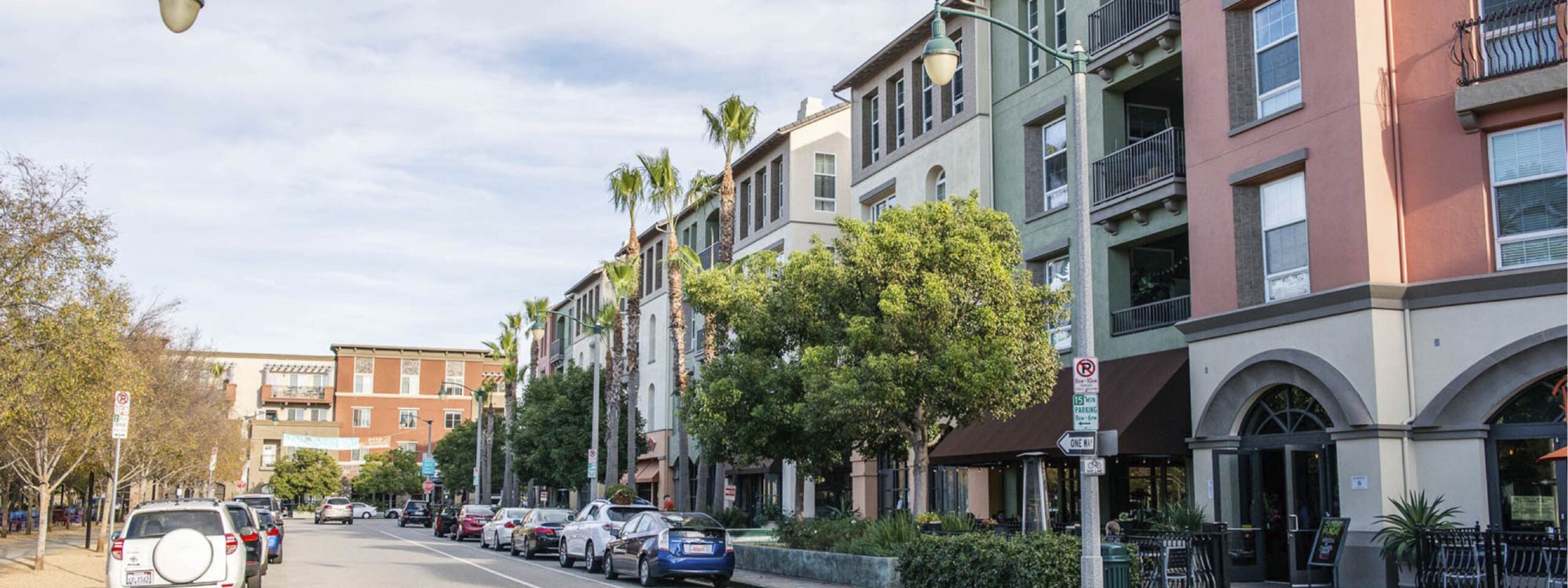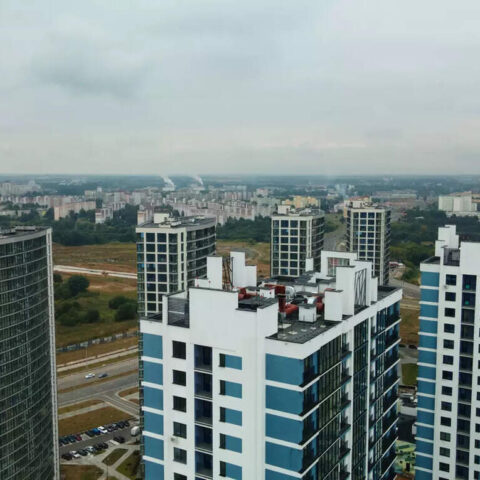As cities continue to grow and evolve, new neighborhoods emerge as hotspots for future development. These areas often offer unique opportunities for investors, businesses, and residents alike. By identifying these emerging neighborhoods early on, individuals can take advantage of the potential growth and reap the benefits of being part of a thriving community. In this article, we will explore the factors that contribute to the rise of emerging neighborhoods and provide insights into how to discover these hotspots.
The Rise of Emerging Neighborhoods
Emerging neighborhoods are typically characterized by a combination of factors that contribute to their growth and development. These factors can include:
- Proximity to established neighborhoods: Emerging neighborhoods often benefit from their proximity to already established and desirable areas. As the demand for housing and commercial spaces in these established neighborhoods increases, individuals and businesses start looking for alternative locations nearby. This creates an opportunity for nearby neighborhoods to experience growth and development.
- Infrastructure improvements: Investments in infrastructure, such as transportation networks, public amenities, and utilities, can significantly impact the development of a neighborhood. When a neighborhood receives attention from local authorities and private investors, it often leads to increased property values and attracts businesses and residents.
- Cultural and artistic vibrancy: Neighborhoods with a strong cultural and artistic scene tend to attract creative individuals and businesses. These areas often become hubs for art galleries, theaters, music venues, and trendy restaurants. The presence of a vibrant cultural scene can be a strong indicator of an emerging neighborhood.
- Affordability: As established neighborhoods become more expensive, individuals and businesses seek more affordable options. Emerging neighborhoods often offer lower property prices and rental rates, making them attractive to those looking for more affordable housing or commercial spaces.
- Government initiatives: Local governments sometimes implement initiatives to revitalize certain areas or promote specific industries. These initiatives can include tax incentives, grants, or zoning changes that encourage development in targeted neighborhoods. Keeping an eye on government plans and initiatives can help identify potential emerging neighborhoods.
Case Studies: Successful Emerging Neighborhoods
Examining case studies of successful emerging neighborhoods can provide valuable insights into the factors that contribute to their growth and development. Let’s explore two examples:
1. Brooklyn, New York
Brooklyn, once considered a less desirable borough compared to Manhattan, has experienced a significant transformation over the past few decades. Several factors contributed to its rise as an emerging neighborhood:
- The proximity to Manhattan and the increasing demand for more affordable housing options.
- Investments in transportation infrastructure, such as the expansion of subway lines and the construction of the Brooklyn Bridge.
- The emergence of a vibrant cultural scene, with art galleries, music venues, and trendy restaurants opening in the area.
- Government initiatives to promote economic development and attract businesses to the borough.
Today, Brooklyn is a thriving neighborhood with skyrocketing property values and a diverse community of residents and businesses.
2. Shoreditch, London
Shoreditch, located in the East End of London, was once a neglected and run-down area. However, it has undergone a remarkable transformation in recent years and has become one of the trendiest neighborhoods in the city. The key factors contributing to its success include:
- Proximity to the financial district of London, attracting young professionals looking for a shorter commute.
- The presence of a vibrant artistic and creative scene, with numerous art galleries, street art, and design studios.
- Investments in infrastructure, including the extension of the London Overground line and the development of new office spaces.
- Government initiatives to promote the regeneration of the area and attract businesses.
Shoreditch is now known for its thriving tech industry, trendy bars, and bustling nightlife.
Discovering Emerging Neighborhoods
Identifying emerging neighborhoods requires research, observation, and an understanding of the local market. Here are some strategies to help you discover these hotspots:
1. Monitor real estate trends
Keep an eye on real estate trends and market reports. Look for areas where property prices are starting to rise, indicating increased demand. Pay attention to neighborhoods adjacent to established and desirable areas, as they often experience spillover growth.
2. Explore cultural and artistic scenes
Visit neighborhoods with a vibrant cultural and artistic scene. Look for areas with art galleries, theaters, music venues, and trendy restaurants. These cultural hotspots often attract creative individuals and businesses, signaling the potential for future growth.
3. Follow government plans and initiatives
Stay informed about government plans and initiatives that aim to revitalize certain areas or promote specific industries. These initiatives can provide valuable insights into potential emerging neighborhoods. Look for tax incentives, grants, or zoning changes that encourage development in targeted areas.
4. Talk to local residents and business owners
Engage with local residents and business owners in different neighborhoods. They often have valuable insights into the growth and development of their communities. Ask about any upcoming projects, investments, or changes that could impact the neighborhood’s future.
Summary
Discovering emerging neighborhoods can be a rewarding endeavor for investors, businesses, and residents. By understanding the factors that contribute to the rise of these hotspots, individuals can identify areas with potential for growth and development. Proximity to established neighborhoods, infrastructure improvements, cultural and artistic vibrancy, affordability, and government initiatives are all key factors to consider. By monitoring real estate trends, exploring cultural scenes, following government plans, and engaging with local residents and business owners, individuals can uncover the next emerging neighborhood and seize the opportunities it presents.









